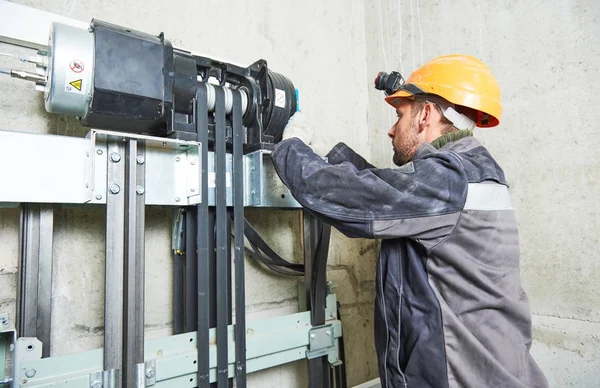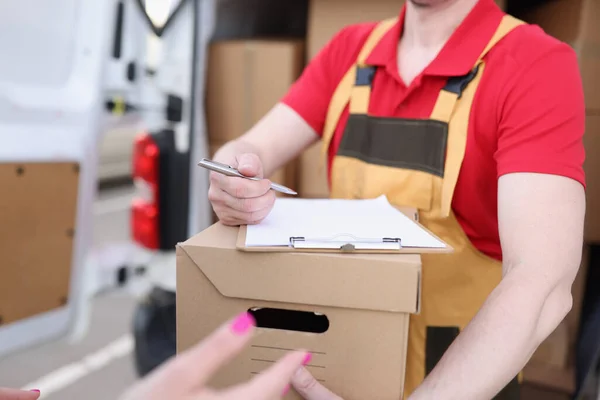When an elevator suddenly stops working or starts behaving unpredictably, it can cause more than just a delay—it can spark safety concerns, tenant complaints, and operational disruptions. Whether you manage a residential building, oversee a commercial property, or work in facility maintenance, understanding the most common elevator issues and where to begin troubleshooting can save time, reduce costs, and improve response efficiency.
Instead of waiting for a technician’s report, it helps to know which components are most likely responsible for specific symptoms. In this post, we’ll break down common elevator problems, explain what they mean, and show you which parts should be checked first.
1. Elevator Not Responding to Call Buttons
Likely Causes:
When users press a button and the elevator doesn’t move—or doesn’t arrive at all—the issue often lies in the control circuitry or power supply.
First Components to Check:
- Call button panel and wiring
- Main control board or relay systems
- Power source stability and circuit protection
What You Can Do:
Before jumping to conclusions, verify that power to the elevator is uninterrupted. If multiple buttons across floors are unresponsive, the problem likely resides in the central control unit. Loose wiring or relay failure are common culprits in older systems.
2. Elevator Stops Between Floors or Suddenly Halts
Likely Causes:
Unexpected halts or mid-floor stops can result from signal interruption, misalignment in safety systems, or traction component issues.
First Components to Check:
- Overspeed governor and safety gear
- Limit switches and sensors
- Brake mechanism
What You Can Do:
Inspect whether the safety mechanisms were triggered. Sudden stops may be a precautionary action caused by a fault signal. Also, test the brake function—worn brake pads or slow release can cause inconsistent motion. These are common lift parts that require attention over time due to mechanical wear.
3. Doors Not Opening or Closing Properly
Likely Causes:
Faulty doors are one of the most frequent sources of complaints and shutdowns. Even minor issues can cause the entire system to halt for safety reasons.
First Components to Check:
- Door operator and rollers
- Infrared door sensors or safety edges
- Door track alignment
What You Can Do:
Listen for unusual noises or resistance when the door moves. If doors repeatedly reverse or hesitate to open, the sensors may be misaligned or dirty. Door mechanics endure constant use and are high-priority lift parts during any service inspection.
4. Elevator Is Noisy During Operation
Likely Causes:
Strange sounds—grinding, humming, squeaking—can indicate misaligned parts, inadequate lubrication, or failing mechanical systems.
First Components to Check:
- Traction machine and motor bearings
- Guide rails and roller shoes
- Hydraulic fluid level (for hydraulic lifts)
What You Can Do:
Determine where the noise is coming from: the cab, shaft, or machine room. Persistent motor noise may suggest bearing wear, while metal-on-metal sounds along the shaft could be misaligned guide shoes. Lubrication and realignment can often resolve these issues quickly if caught early.
5. Elevator Jerks or Moves Unevenly
Likely Causes:
Jerky starts, bouncing, or inconsistent cab movement usually point to traction system issues or sensor miscommunication.
First Components to Check:
- Encoder or leveling sensors
- Rope tension and sheaves
- Brake system response
What You Can Do:
Have a technician inspect the traction ropes for even tension. If the elevator levels unevenly at floors, faulty leveling sensors may be at fault. Keep in mind that uneven movement accelerates wear on various lift parts and can shorten component lifespan.
6. Elevator Cab Is Stuck or Moving Slowly
Likely Causes:
Slow or stuck elevators can stem from worn motor components, voltage inconsistencies, or clogged hydraulic systems.
First Components to Check:
- Main drive motor and controller
- Voltage supply consistency
- Hydraulic pump and valve integrity
What You Can Do:
If the elevator cab operates slowly in both directions, the issue may lie in the motor’s performance or control system configuration. For hydraulic systems, low or contaminated fluid can drastically affect movement speed. Addressing these parts early can prevent full system failure.
7. Inaccurate or Flickering Display Panels
Likely Causes:
Erratic floor indicators or flickering control panels can confuse passengers and often signal deeper electrical problems.
First Components to Check:
- Display panel wiring and circuit boards
- Controller communication links
- Grounding and surge protection systems
What You Can Do:
Inconsistent or misleading floor displays may seem minor but can indicate degraded electrical components. Checking panel connections and ensuring all communication pathways are secure will typically resolve the issue without needing a full component replacement.
Establish a Troubleshooting Routine
To efficiently manage elevator performance and uptime, create a checklist-based troubleshooting guide tailored to your building’s system. Most elevator problems follow repeatable patterns, and a methodical inspection of high-wear lift parts can reduce the need for emergency service calls.
Log each issue, note which component was at fault, and monitor for recurring failures. This kind of data-driven maintenance increases system reliability and helps prioritize which parts need upgrades during modernization.
Final Thoughts
Troubleshooting elevator problems doesn’t have to be a guessing game. By understanding the symptoms and knowing which parts to inspect first, you can reduce downtime, improve safety, and streamline maintenance efforts.
Proactive attention to the right components ensures smoother rides and happier building users—and saves you from bigger repairs down the line.



